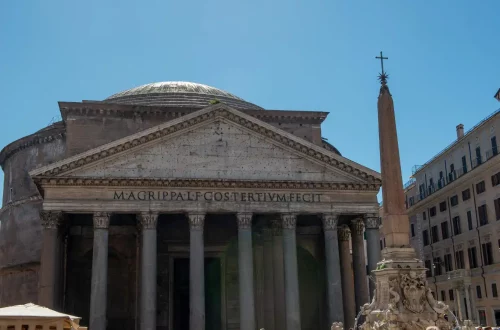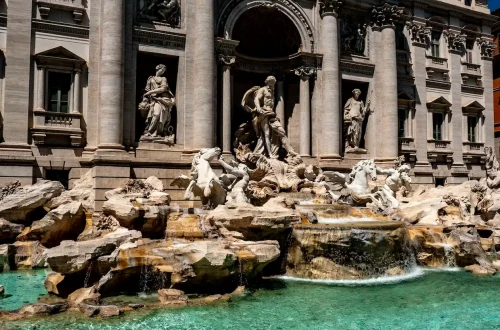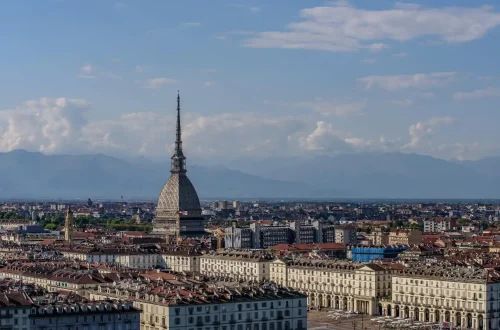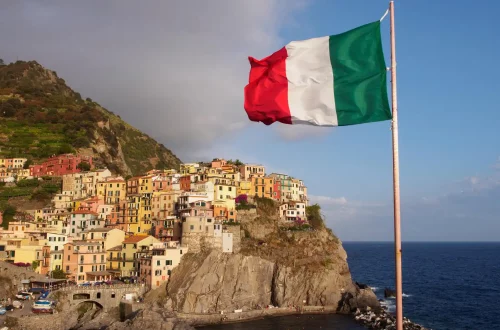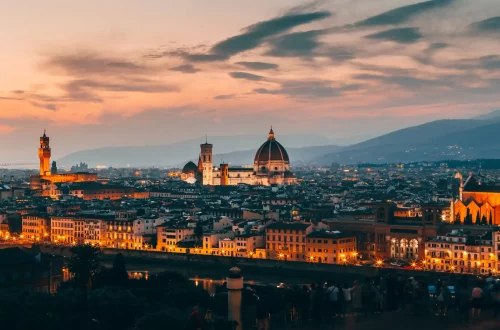Italy, with its rich history, stunning landscapes, and vibrant culture, has long been a dream destination for travelers worldwide. Whether you’re planning a short vacation or considering a more extended stay, understanding the visa requirements is crucial. In this comprehensive guide, we’ll delve into the various types of visas needed to visit Italy, from short-term Schengen visas to long-stay national visas. Let’s navigate the intricacies together and ensure a smooth journey to the land of pasta, art, and la dolce vita!
Citizens of the European Union (EU) and Schengen countries
EU Citizens: Citizens of EU member states (including Italy) do not need a visa to visit Italy. They enjoy unrestricted travel within the Schengen Area.
Schengen Countries: Citizens of non-EU countries within the Schengen Area (such as Norway, Switzerland, and Iceland) can also travel to Italy without a visa.
Specific Exemptions
Short Stays: Some nationalities are exempt from visa requirements for short stays (up to 90 days). These exemptions apply to tourists, business travelers, and those visiting family or friends.
Transit Passengers: Transit passengers passing through Italian airports without leaving the international zone are exempt from visas.
Airport Transit Visa (Type A):
- This is specifically for transit through the international zones of airports located in Schengen member states. Holders of this “visa” are not allowed to enter the Schengen Area itself; it’s solely for airport transit.
Uniform Schengen Visa (USV):
- The USV is valid for short stays (type C) within the Schengen Area.
- Maximum duration: 90 days in any 180-day period, calculated from the date of first entry.
- It allows for one, two, or multiple entries.
- Depending on meeting specific conditions, USVs can have validity for one year (C1), two years (C2), three years (C3), or five years (C5).
Visa with Limited Territorial Validity (LTV):
- LTV is valid only for the Schengen State whose Representation issued the visa. It does not allow access to the territory of other Schengen States, even for transit.
- Exceptions include humanitarian reasons, national interest, or international obligations.
Long-Stay or “National” Visa (NV):
- NVs are for stays longer than 90 days (type D). Holders can enter the territory of the Schengen State that issued the visa. You can also circulate freely in other Schengen States for up to 90 days every six-month period, provided the visa remains valid.
Take advantage of specialized assistance to secure your passport for a borderless future.
Applying for an Italian Visa
1. Determine your visa type
Before you begin, identify the type of visa you need based on your purpose of travel (e.g., tourism, work, study, family reunion). Choose between a Schengen Visa (short stay) or a National Visa (long stay).
2. Gather required documents
Collect the necessary documents, including:
Application Form: Fill out the visa application form accurately.
Passport: Ensure your passport is valid for at least three months beyond your intended stay.
Proof of Travel: Provide flight reservations or travel itinerary.
Proof of Accommodation: Show hotel bookings or a letter of invitation from a host in Italy.
Financial Proof: Demonstrate sufficient funds to cover your stay.
Health Insurance: Obtain travel health insurance with coverage in Italy.
Additional Documents: Depending on the visa type, you may need employment letters, enrollment certificates, or family-related documents.
3. Book an appointment
Visit the Italian consulate or embassy website in your country to schedule an appointment.
4. Attend the interview
Attend the visa interview at the consulate or embassy. Answer questions truthfully and provide all required documents.
5. Pay the visa fee
Pay the visa application fee. Fees vary based on the visa type.
6. Wait for processing
Processing times vary but typically take a few weeks. Check the consulate’s website for estimated processing times.
7. Collect your visa
Once approved, collect your visa from the consulate. Verify the details and validity dates.
Tips to avoid delays:
- Apply well in advance of your travel dates.
- Double-check document requirements.
- Be honest during the interview.
- Keep copies of all submitted documents.
Conclusion
In our journey through Italy’s visa landscape, we’ve uncovered the pathways to explore this captivating country. But beyond visas lies a more profound opportunity: Italian citizenship.
Visa insights: Make sure to check in which case your situation fits. If you’re applying for a visa, follow the instructions provided by your nearest consulate and ensure all necessary documentation is prepared.
The bigger picture: Italian citizenship isn’t just about paperwork; it’s an invitation to immerse yourself into Italian culture.
Why consider Italian citizenship?
Extended stays: As a citizen, you can reside in Italy indefinitely.
EU access: Unlock the entire European Union—Paris, Barcelona, Prague await.
Heritage connection: Honor your roots and embrace Italy’s legacy.
As you explore the wonders of Italy, don’t merely be a visitor—become a part of its rich tapestry. Italian citizenship offers more than just legal rights; it opens doors to cultural immersion, European travel, and a sense of belonging. Imagine strolling through ancient Roman ruins, sipping espresso in a Venetian café, or feeling the warmth of Tuscan sunsets—all as an Italian citizen. Consider the journey—it’s more than a visa stamp; it’s a lifelong connection to Italy’s soul, and if you choose to do so, remember to choose the best assistance, choose io.citizen. Contact us today!
Take advantage of specialized assistance to secure your passport for a borderless future.
